Your cart is currently empty!
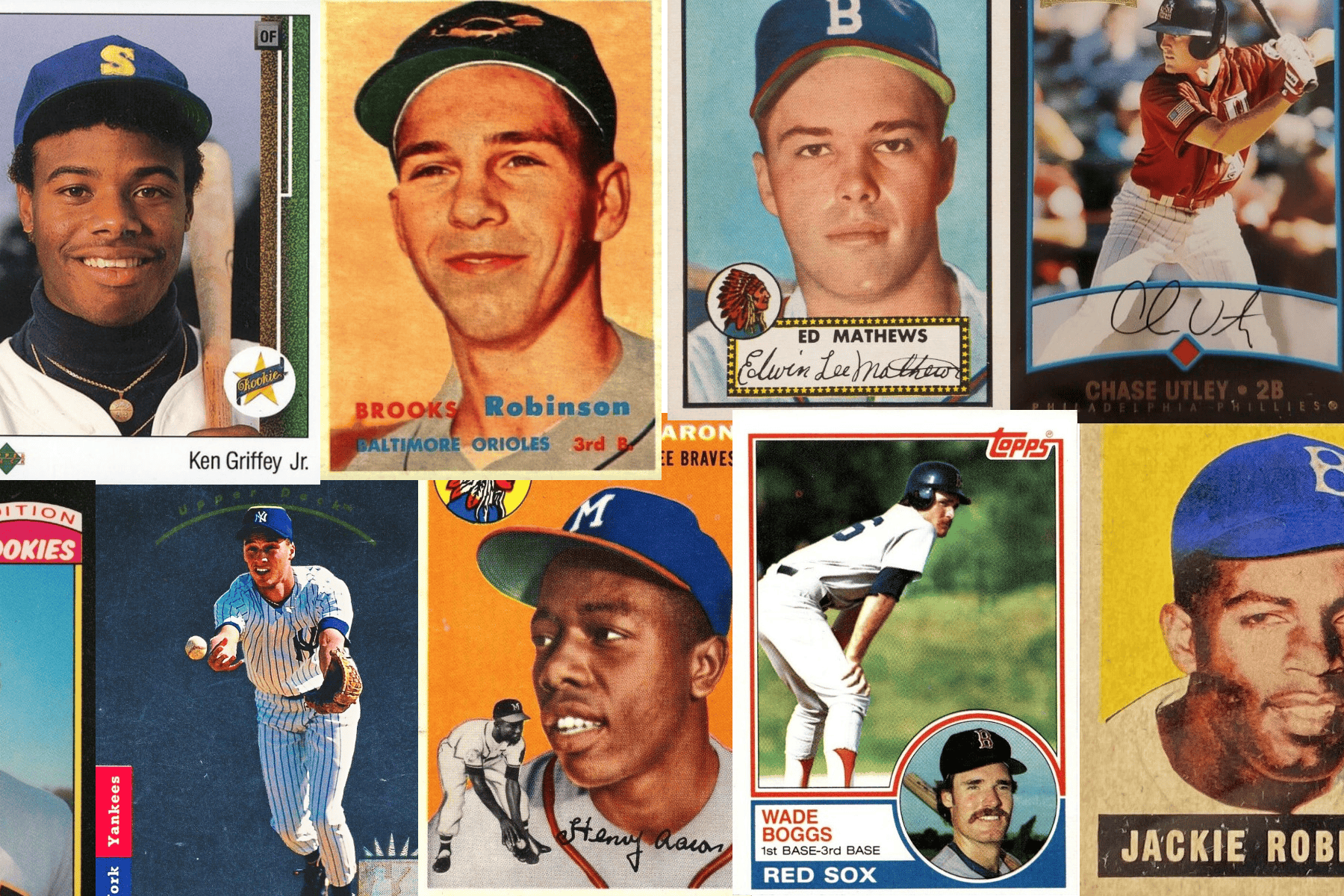
For baseball card enthusiasts, few things hold the allure of a pristine baseball rookie card. It’s a tangible snapshot of a young player’s potential, a promise whispered on cardboard. But what exactly defines a baseball rookie card, and why do some fetch astronomical prices while others languish in bargain bins? This article delves into the fascinating world of baseball rookie cards, exploring their history, value factors, iconic examples, and future trends.
What is a Rookie Card?
There are two fundamental pillars that define a true rookie card:
Most importantly, the card must be issued during or after the player’s debut year. Minor league cards, even from reputable companies, don’t count as rookie cards. We’ll discuss those in more detail later.
Also, a true rookie card typically belongs to a product’s base set – the core group of cards readily available to collectors. Limited edition inserts, even with “rookie” designations like Bowman’s Rookie of the Year Favorites or Renowned Rookies, are generally not considered true rookies.
Additional Factors to Define a Rookie Card
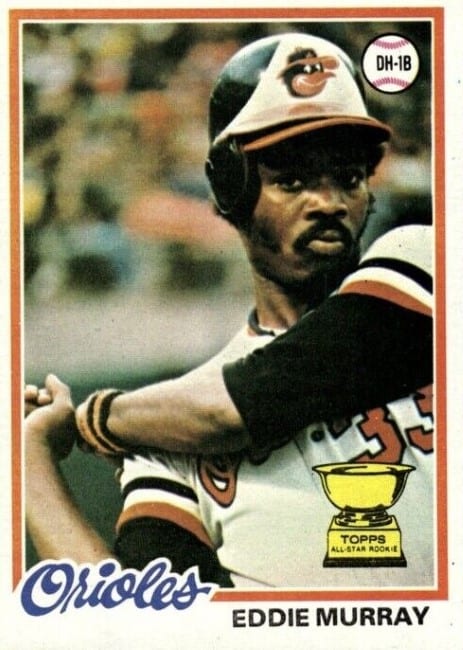
While the core principles are clear, complexities arise due to the ever-evolving nature of the hobby and card production practices. Here’s how to navigate some of the gray areas:
Pre-Debut Cards
Some card companies, particularly Bowman, produce prospect cards featuring players before their MLB debut. These are not considered rookie cards. However, Bowman “1st Bowman” cards, signifying the player’s first appearance in a Bowman product, can hold significant value, especially for highly touted prospects.
Minor League Stats on the Back
Occasionally, base set cards from major manufacturers might feature a player with minor league statistics on the back. This doesn’t automatically disqualify it as a rookie card. Look for clues on the front of the card, such as team logos or a year corresponding to the player’s MLB debut season.
International Leagues
Players who debut in leagues outside MLB, like those in Japan or Korea, might have cards issued before their MLB debut. These cards generally wouldn’t be considered true rookie cards, at least among U.S. collectors.
Pre-2006 Baseball Rookie Cards
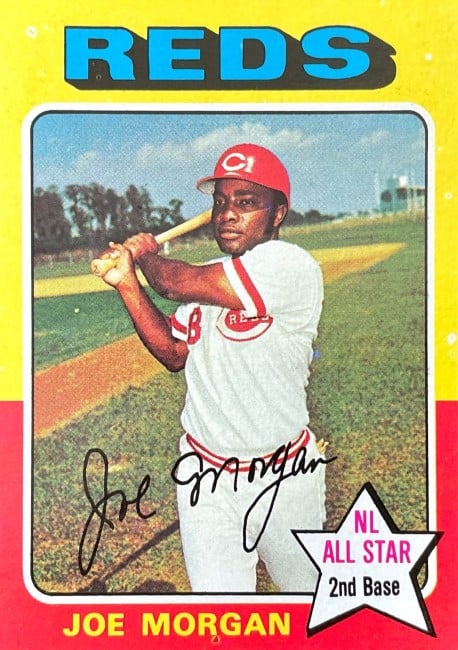
The definition of a “rookie card” in baseball card collecting has been a subject of debate for some time. In an attempt to establish greater clarity, a rule change was implemented by the Major League Baseball Players Association (MLBPA) prior to the 2006 season. This rule stipulated that only cards featuring players who had secured a spot on a team’s 25-man roster could be classified as rookies.
While the initial intent of the rule change was commendable, its practical application proved to be more nuanced. The pre-existing market for cards of players like Joey Votto, who possessed licensed cards from before 2006 which collectors considered rookies, presented a challenge. Collectors were hesitant to disregard these established cards in favor of Votto’s 2008 releases, which fell under the new definition.
Further complicating matters was the continued production of prospect cards within Topps’ Bowman sets. While adhering to the new rule by designating them as a separate insert set, these prospect cards visually mimicked the design of base veteran cards. Additionally, they featured players in their Major League Baseball uniforms and were inserted at similar pack rates. This visual similarity and marketing emphasis on these prospect cards created confusion within the collecting community.
The rise of high-quality unlicensed card sets featuring prospects further muddied the waters. These sets, produced by companies like Panini and Leaf, offered strong competition and were often viewed more favorably by collectors compared to traditional minor league releases. This created a market for prospect cards that rivaled, and sometimes surpassed, the value of official rookie cards.
The unintended consequence of the 2006 rule change, coupled with the evolution of the sports card market, has resulted in a situation where Bowman prospect cards can hold more value than their officially designated rookie counterparts. This inconsistency creates confusion, particularly for new collectors entering the hobby. While a simpler approach to defining rookie cards might be desirable, the potential for higher profit margins associated with prospect sets presents a significant obstacle to such a change.
The History of Baseball Rookie Cards
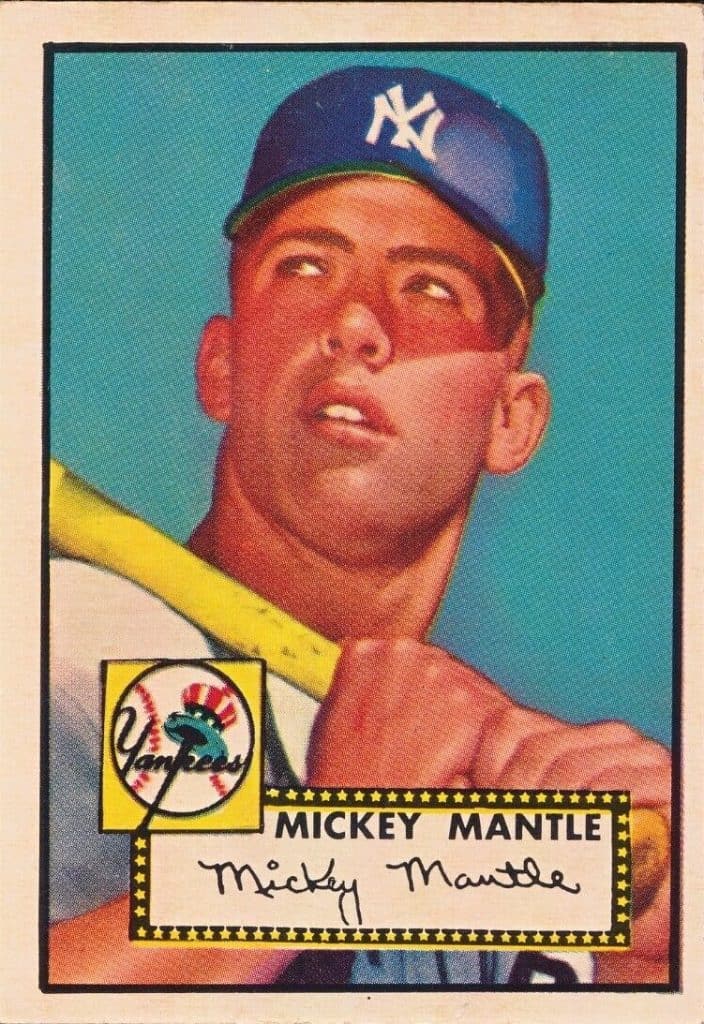
The concept of rookie cards has evolved alongside the hobby itself. Early baseball cards, like those from the 19th century’s Goodwin & Company or the American Tobacco Company, weren’t specifically categorized as rookie cards.
The focus on rookies truly began in the 1950s with the rise of Topps. The 1952 Topps set, featuring the rookie card of Mickey Mantle, is a landmark example. While not initially considered a valuable card, Mantle’s meteoric rise transformed it into a hobby cornerstone.
By the 1980s, the recognition of rookie cards as valuable collectibles solidified. Increased media coverage, superstar athletes, and a booming card market created a perfect storm, propelling rookie cards into the investment realm. Today, auctions regularly see iconic rookies fetch millions of dollars.
How to Identify Rookie Cards
Armed with the foundational knowledge, here are some practical strategies to help you identify a potential rookie card:
Card Back Information
The card back often provides crucial details. Look for copyright dates, player information, and biographical sections. These can help you determine if the card was produced before or after the player’s MLB debut.
Checklist Research
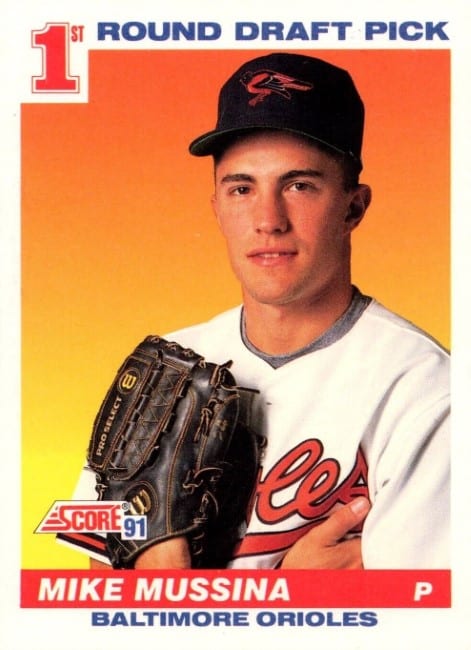
Many reputable sports card websites and publications maintain comprehensive checklists. These lists categorize cards by year, set, and player, often highlighting rookie cards. Look for the player in question and verify if the corresponding card is listed as a rookie.
Year of the Card vs. Debut Year
Cross-reference the card’s copyright date or production year with the player’s MLB debut year. If the card’s year coincides with or follows the player’s debut, it has a higher chance of being a rookie card.
Online Resources and Forums
The online baseball card community is a valuable resource. Utilize forums, social media groups, and dedicated websites where experienced collectors can offer insights and help identify potential rookie cards.
Set Reviews and Analysis
Several publications and websites specialize in in-depth analysis of new card sets. These reviews often highlight rookie inclusions and potential variations within a set.
Authentication and Grading Services: Reputable grading companies like PSA and SGC not only authenticate cards but also possess extensive knowledge on rookies. Their designations often include “RC” (rookie card) for verified rookies.
Remember, identifying a rookie card isn’t always a straightforward process. Utilize a combination of these strategies, conduct thorough research, and seek expert opinions when needed. The satisfaction of unearthing a genuine rookie card is a reward well worth the effort.
Iconic Rookie Cards
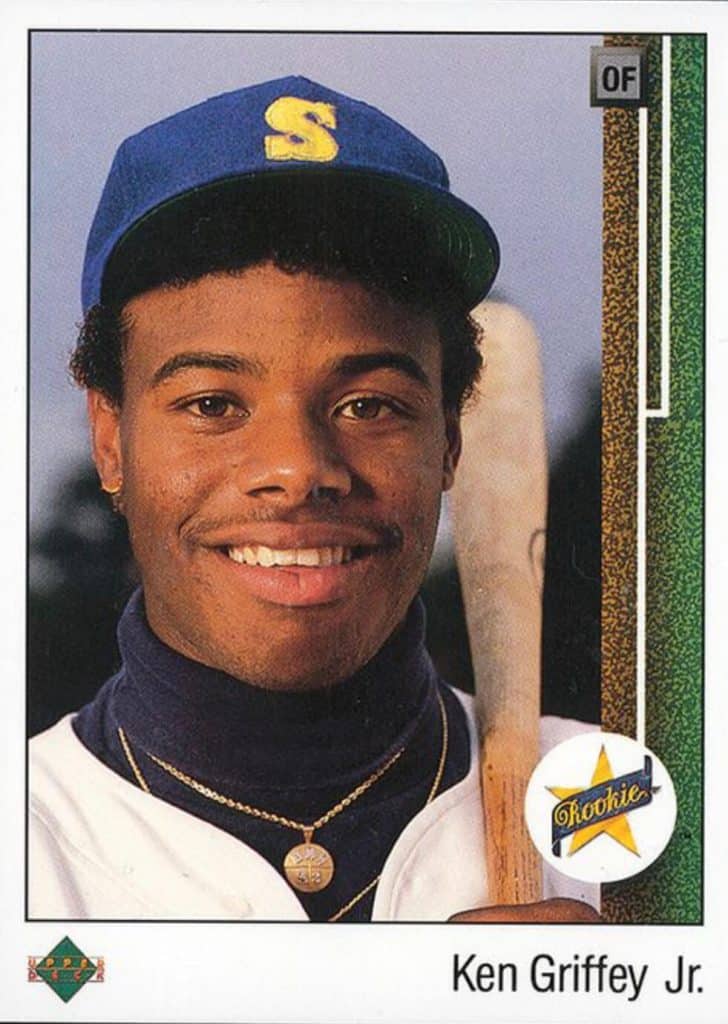
Certain rookie cards hold a mythical status within the hobby, their value and historical significance unmatched. Here are a few legendary examples:
1952 Topps Mickey Mantle #311
The undisputed king of baseball cards, Mickey Mantle’s rookie card is the most coveted and valuable baseball card in existence. Its historical significance and the iconic image of “The Mick” in his Yankees pinstripes make it a true hobby treasure.
1969 Topps Reggie Jackson #260
Reggie Jackson’s 1969 Topps rookie card is one of the most valuable of all-time, reaching a top price of over one million dollars for a PSA 10. Even lesser conditions sell for top dollar for this landmark rookie.
1989 Upper Deck Ken Griffey Jr. #1
Not only is this Griffey’s rookie card, it’s also the first Upper Deck card produced. The photo of young Griffey smiling at the camera ushered in a new era of collecting, with younger collectors taking interest in the hobby for the first time.
Rookie Card Values
Several factors influence a rookie card’s value. Here are the key ingredients for a potential goldmine:
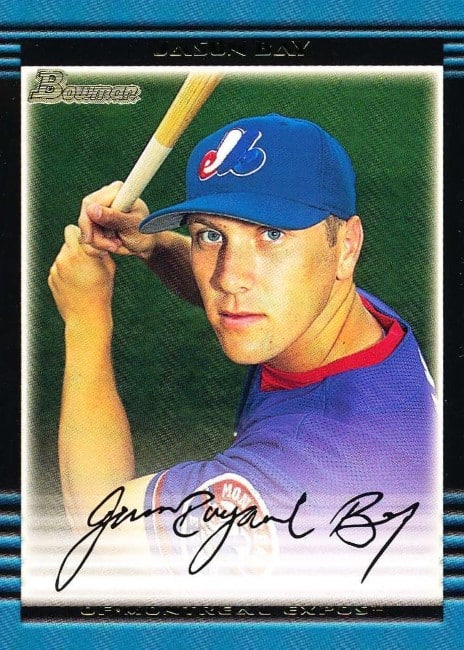
Player impact is the primary driver of rookie card values. Rookie cards of legendary players like Mickey Mantle, Willie Mays, and Nolan Ryan consistently command staggering prices. A player’s performance, awards, and popularity directly translate into card value.
As with any baseball card, condition rules. A pristine card, with sharp corners, centering, and no surface defects, will have the highest value. Even minor flaws can significantly decrease value. Grading companies like PSA and SGC assign condition scores, with mint 9 and 10 grades fetching top dollar.
In addition, certain card brands hold a special place in collectors’ hearts. Classic Topps releases or iconic designs from companies like Bowman often command higher prices than less popular sets.
Conclusion
The world of rookie cards is dynamic, ever-evolving, and undeniably captivating. Whether you’re a seasoned collector or a curious newcomer, the pursuit of that special rookie card offers a unique blend of nostalgia, excitement, and a connection to the rich history of America’s Pastime. So, grab your checklist, refine your research skills, and chase those rookie cards!
Tags:
Share:

